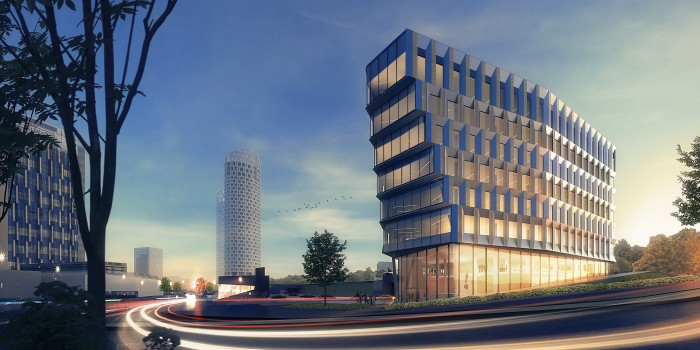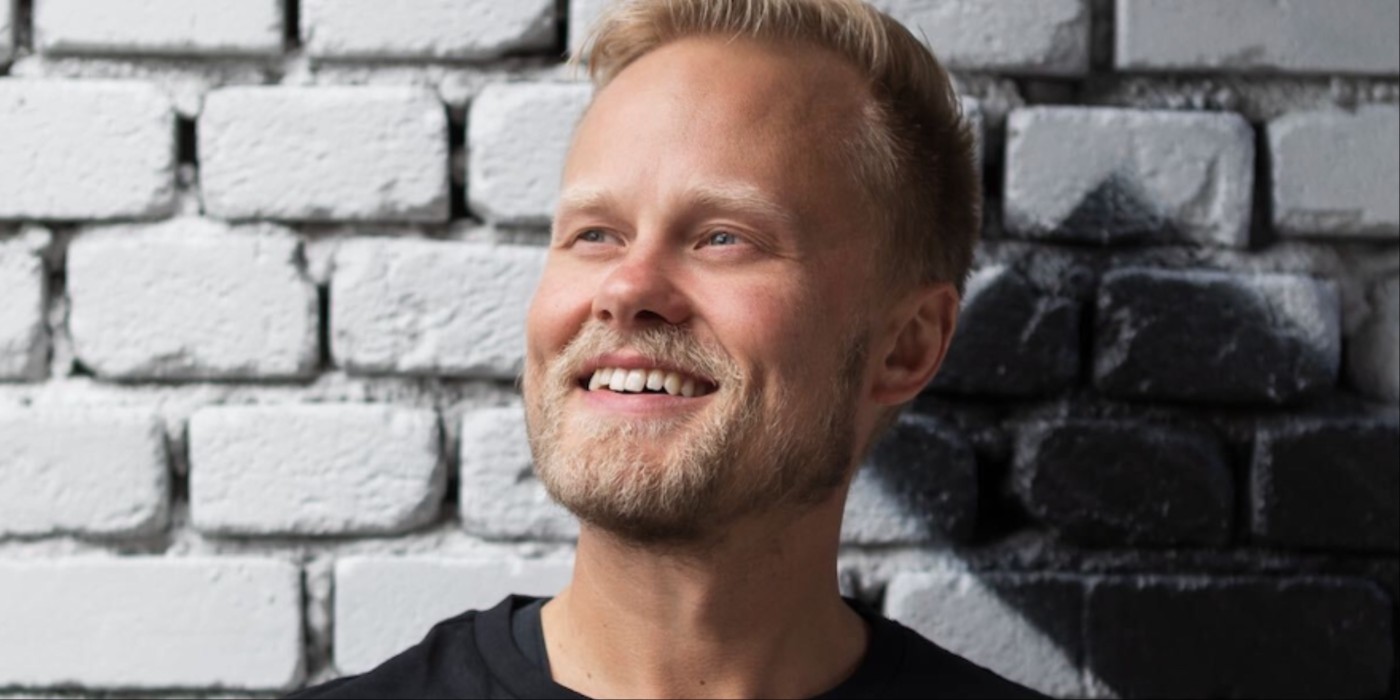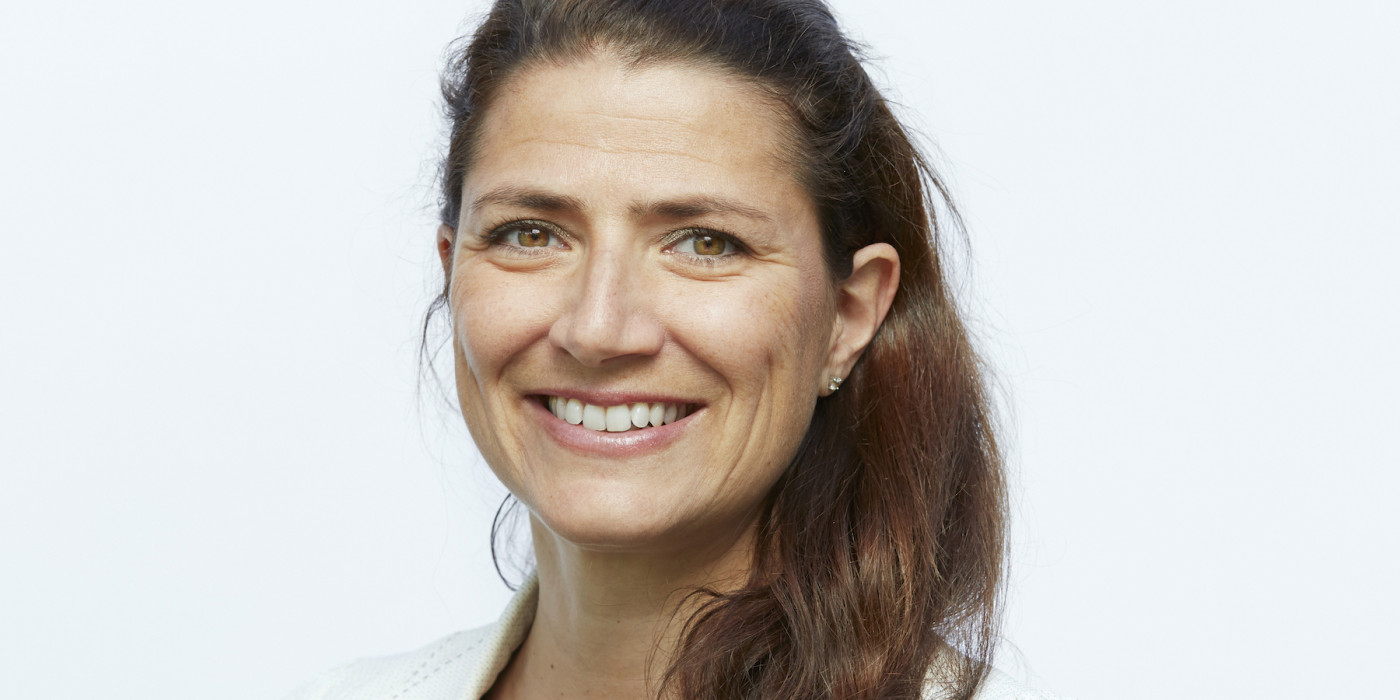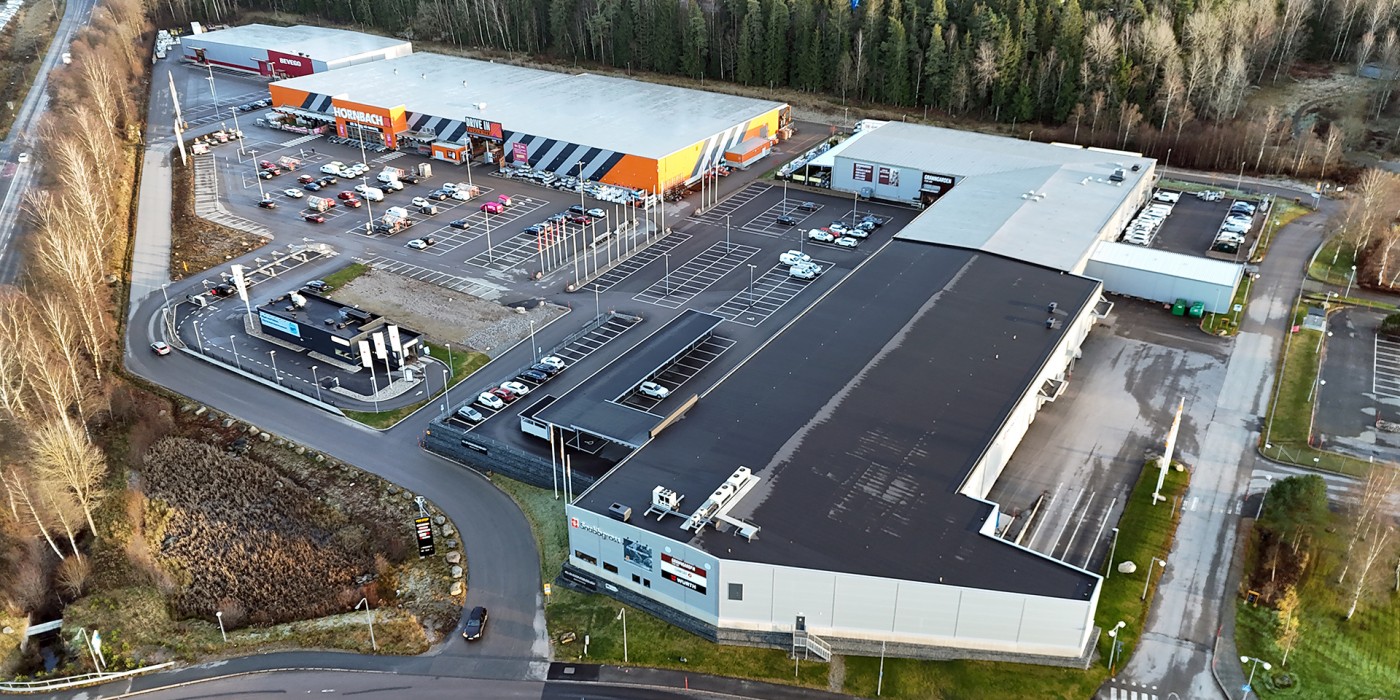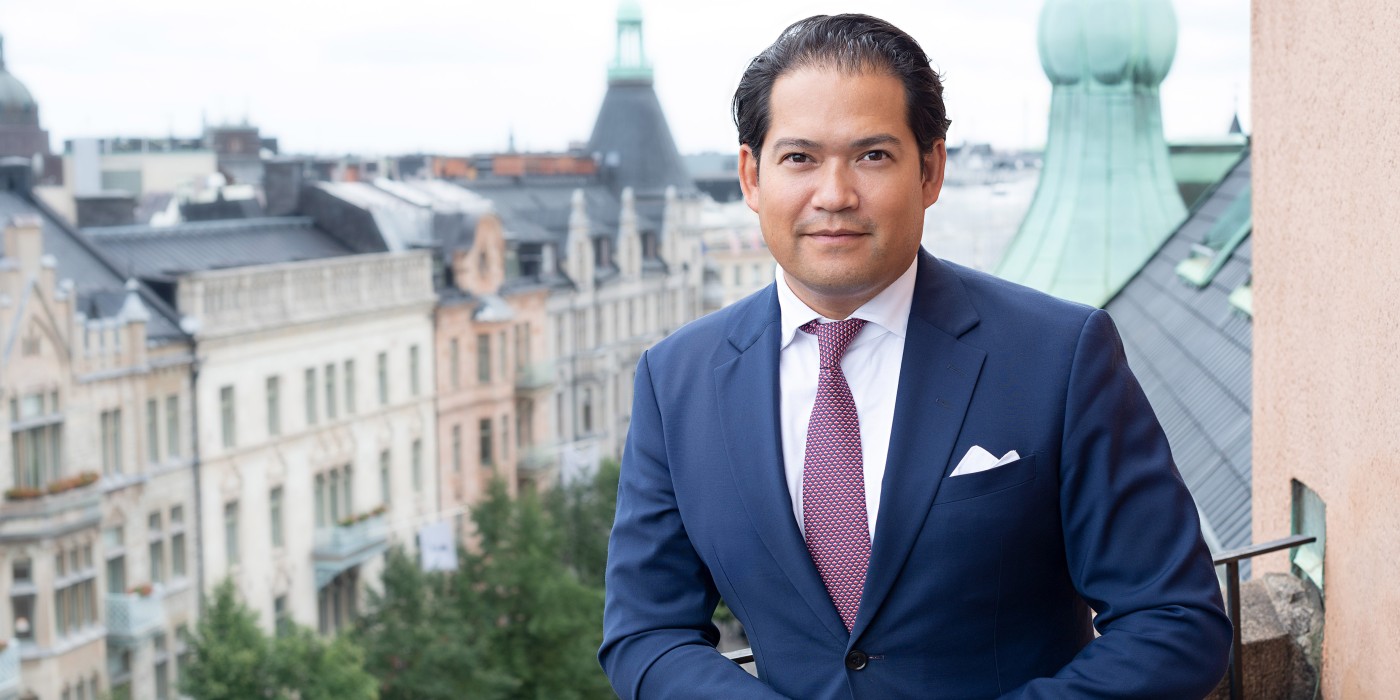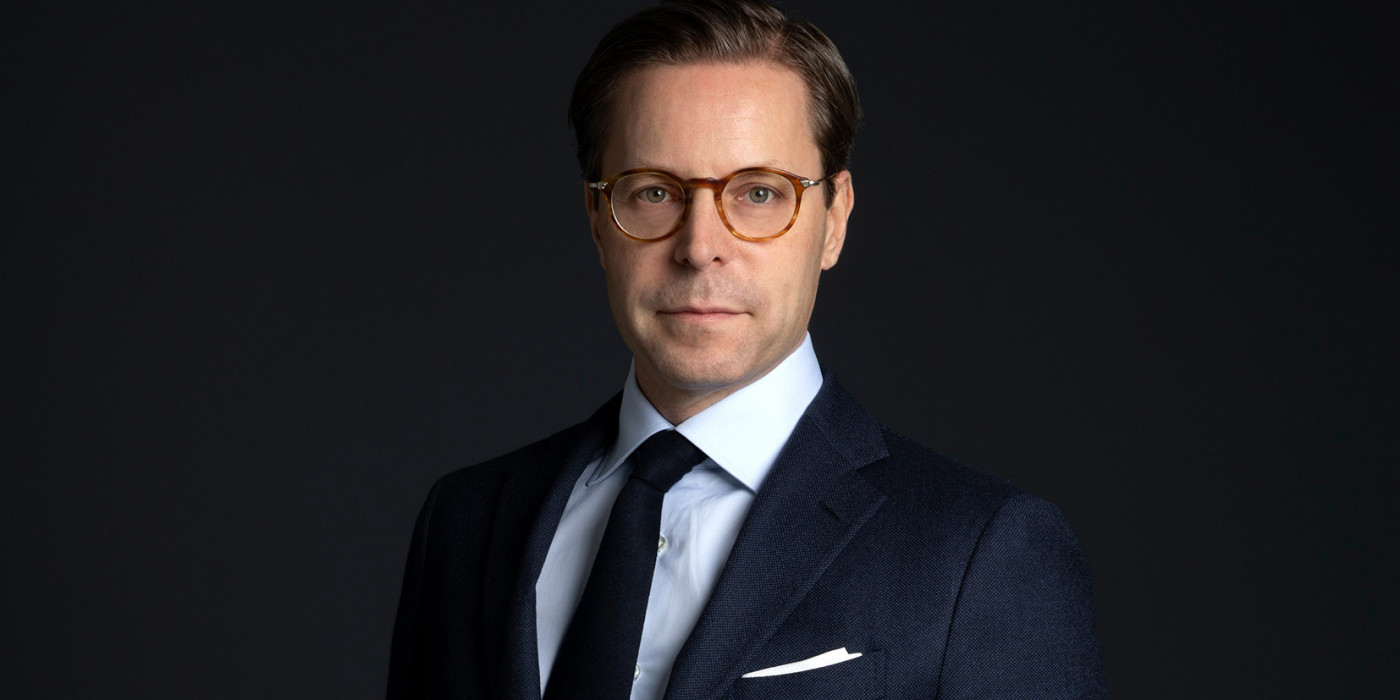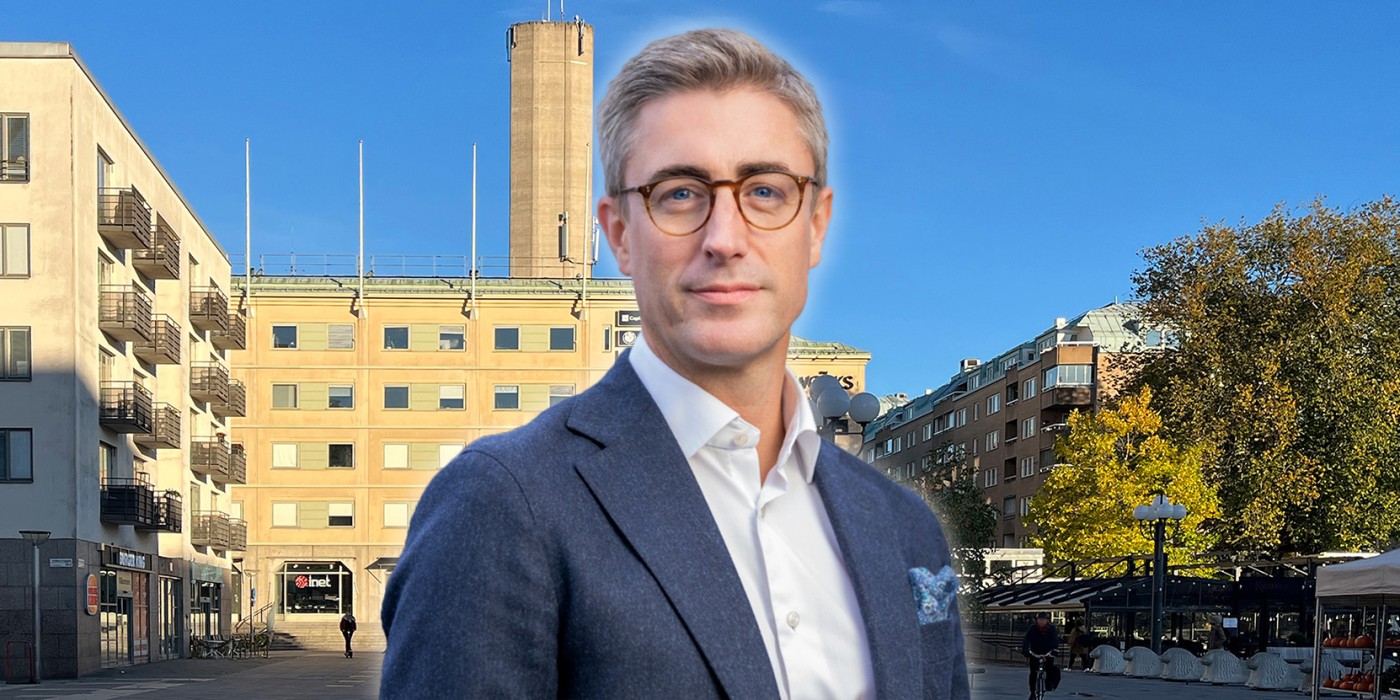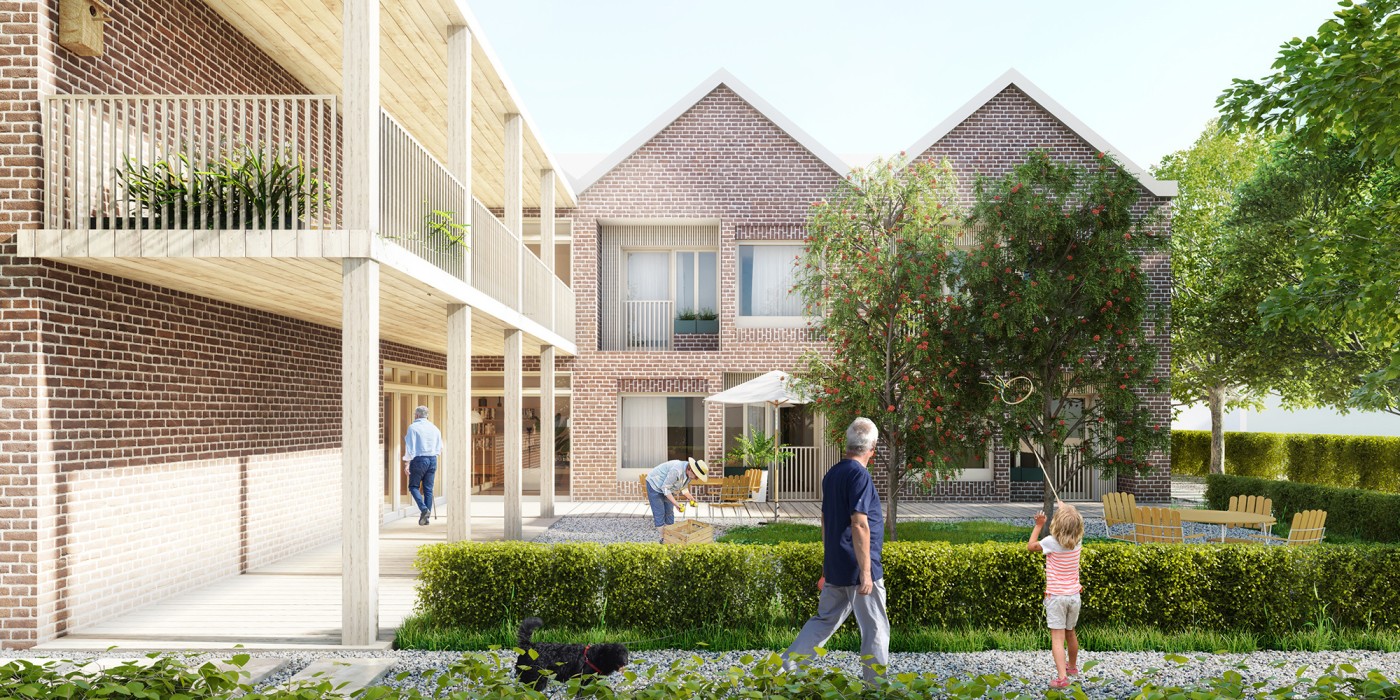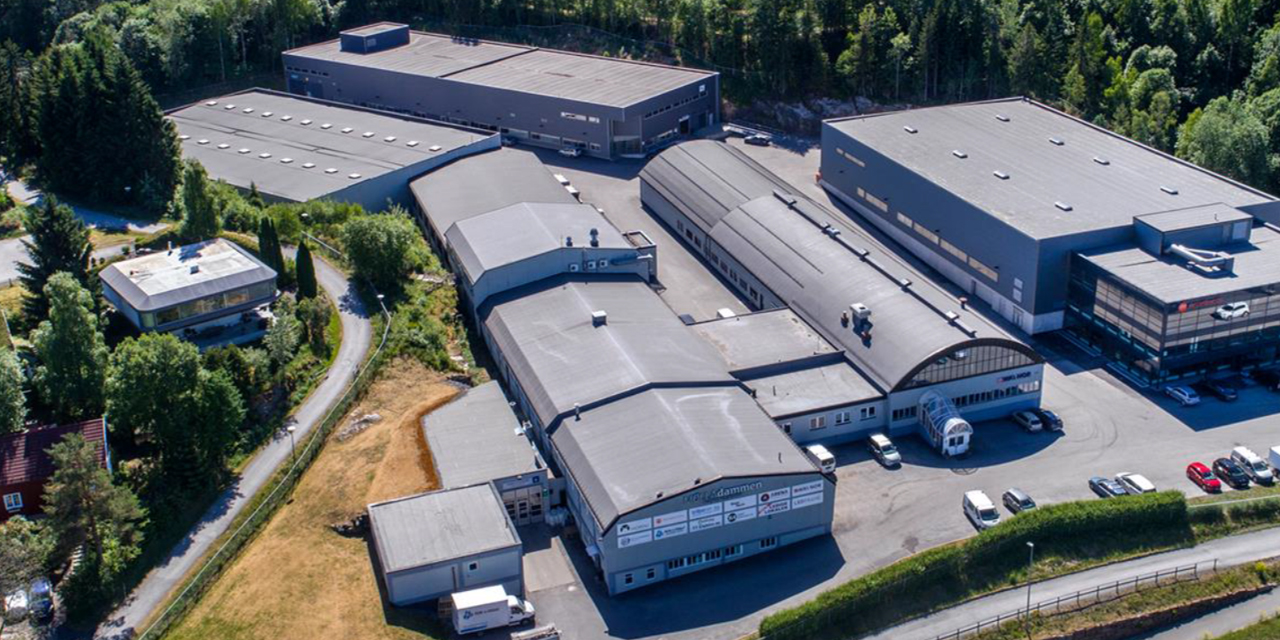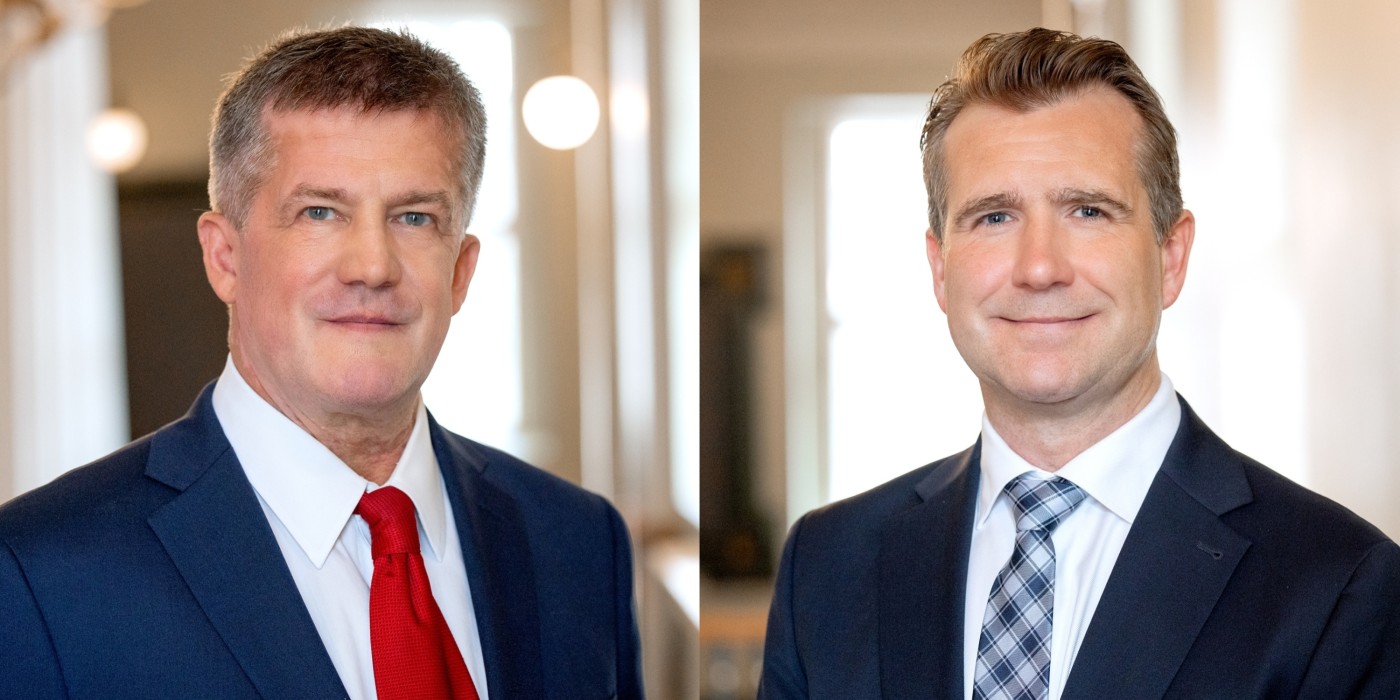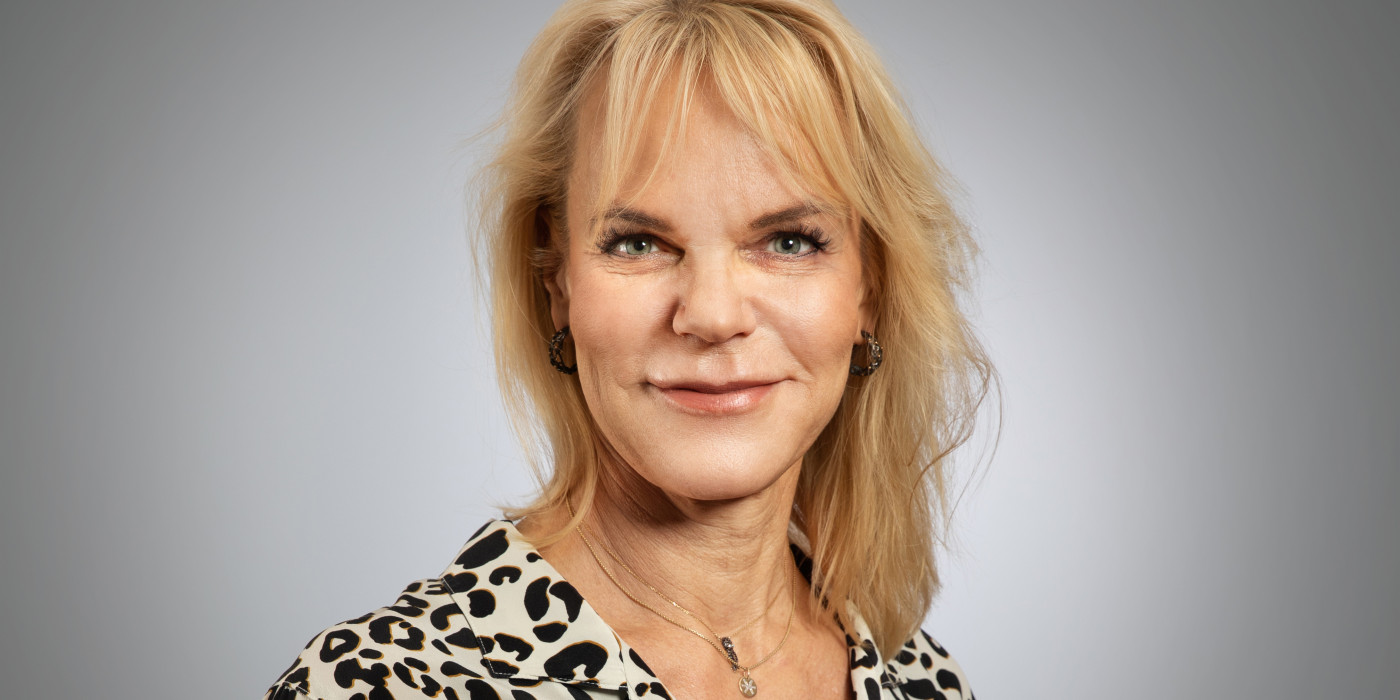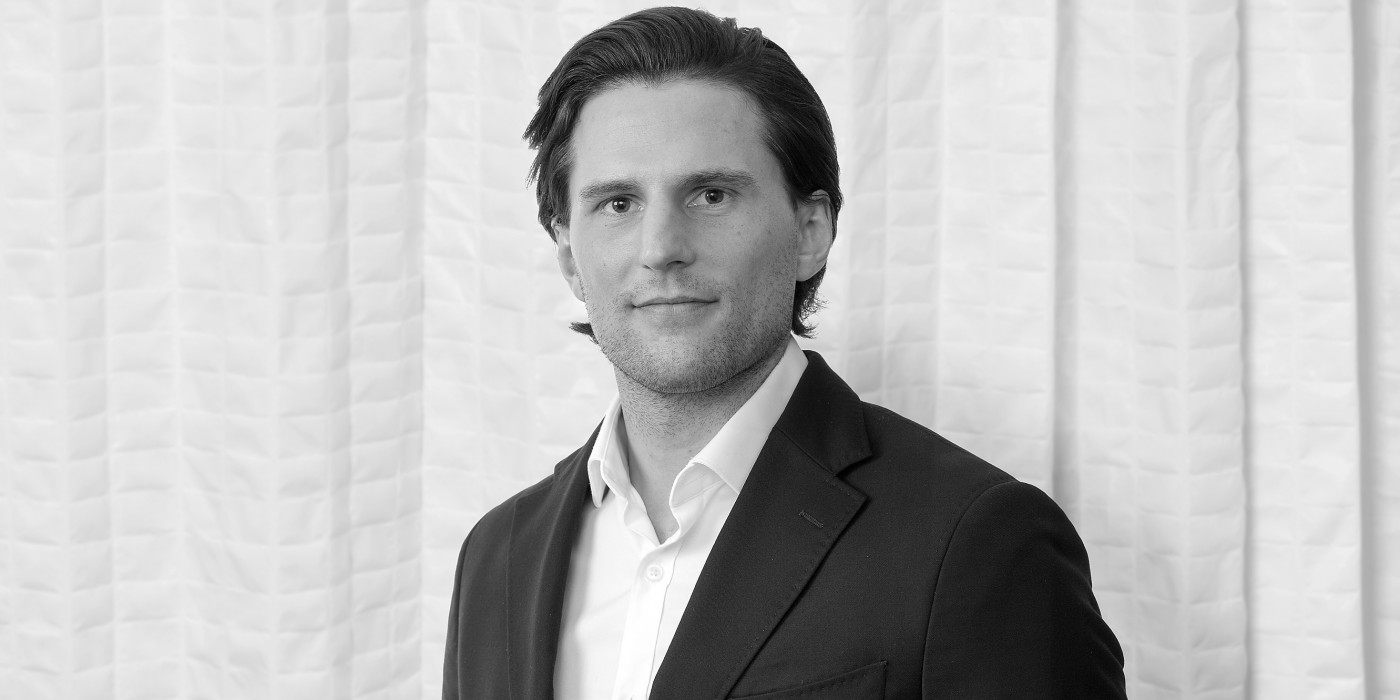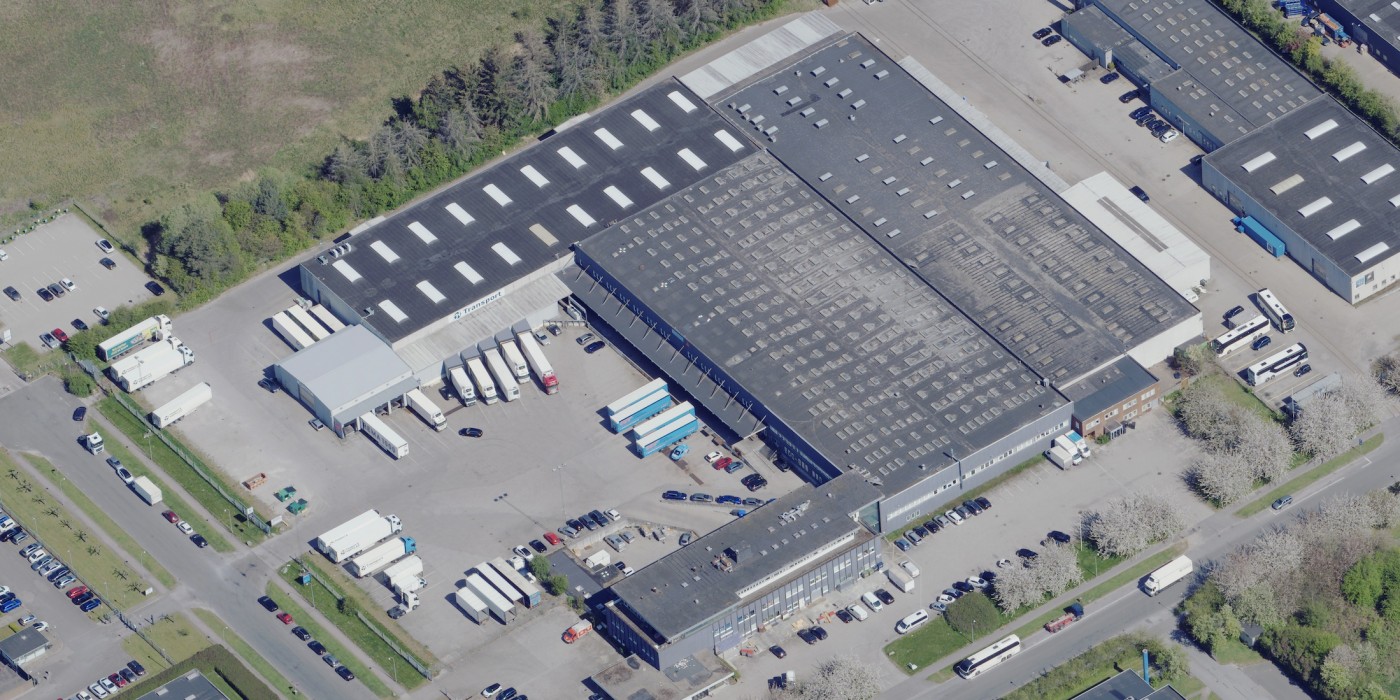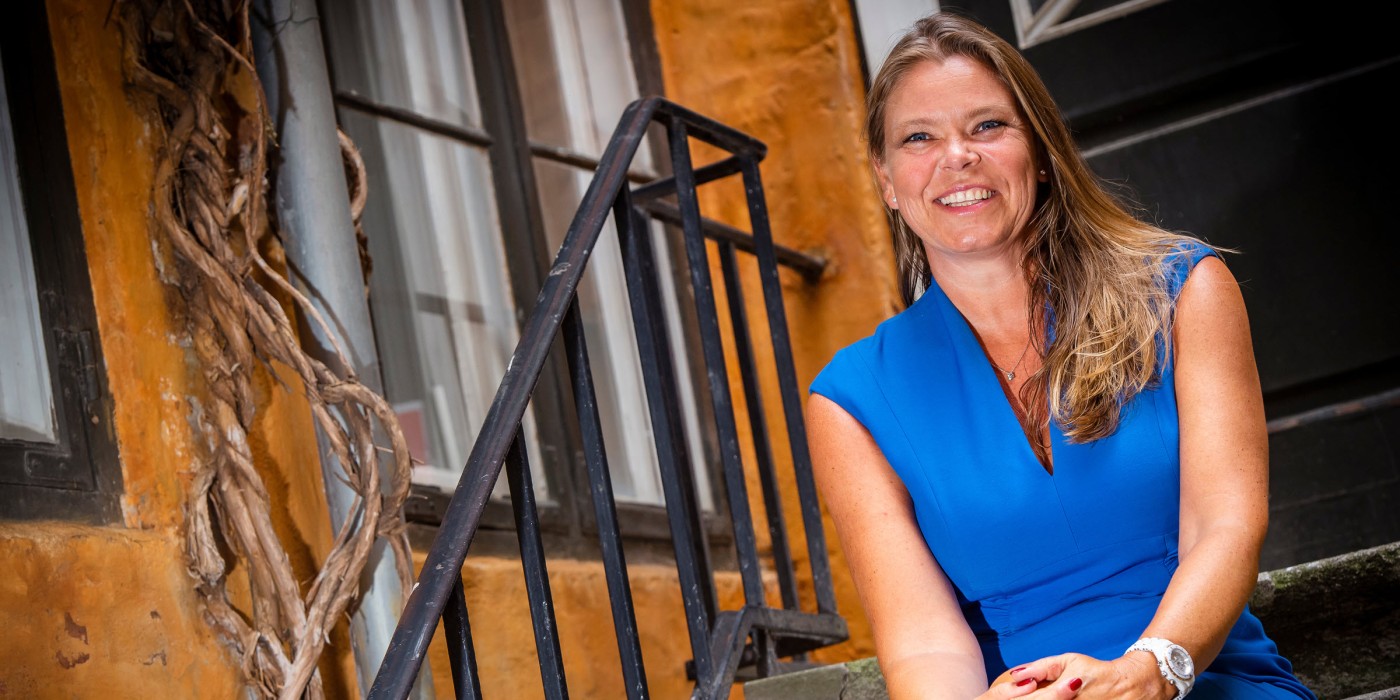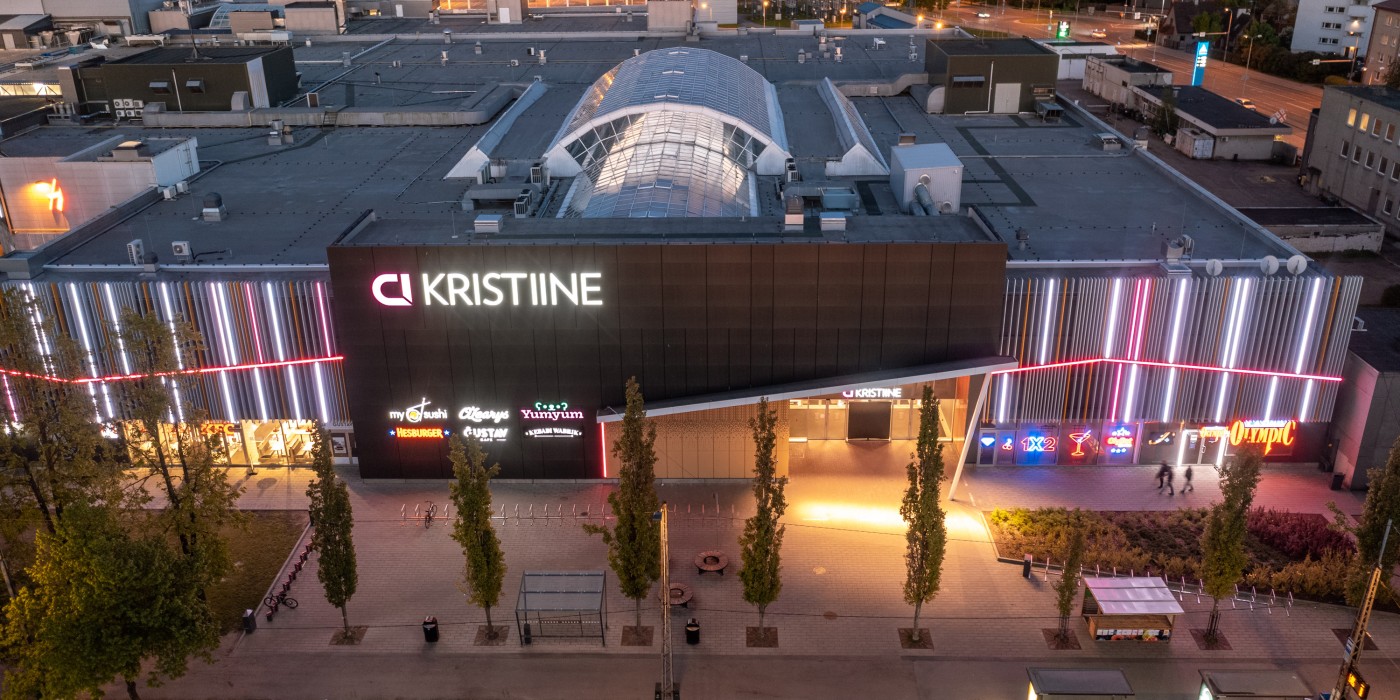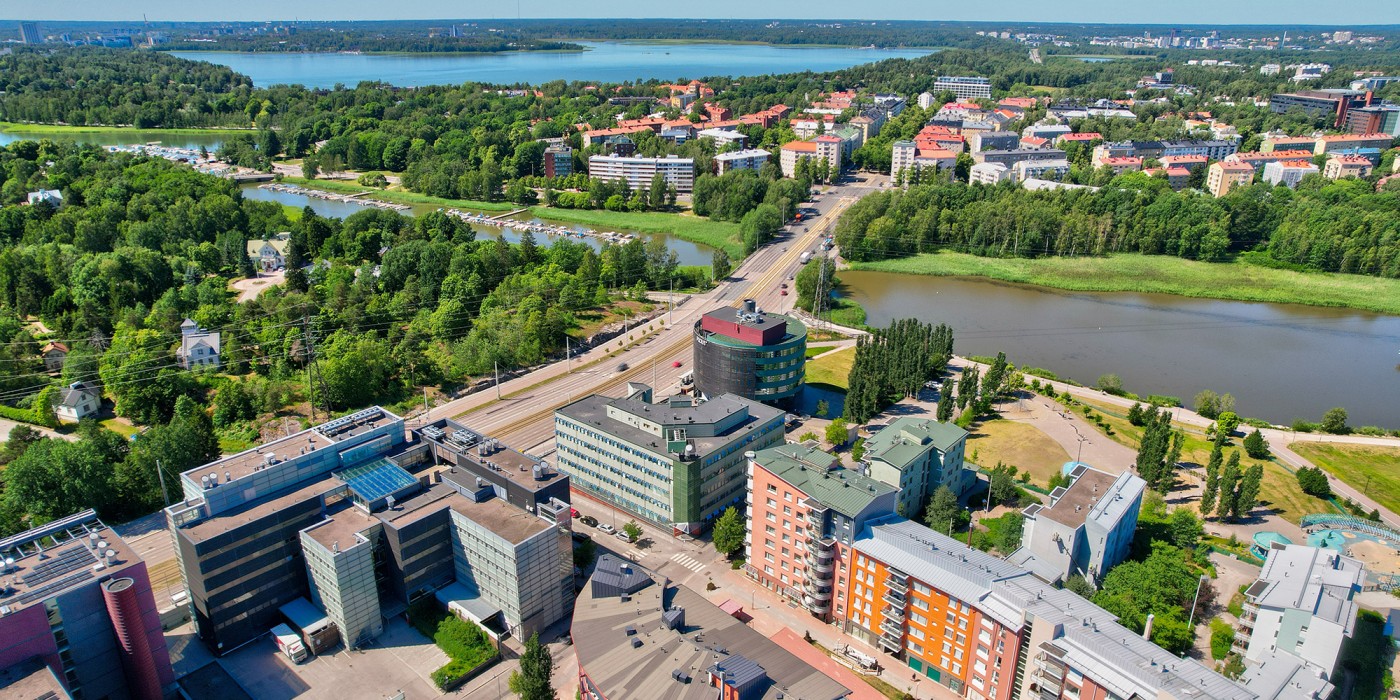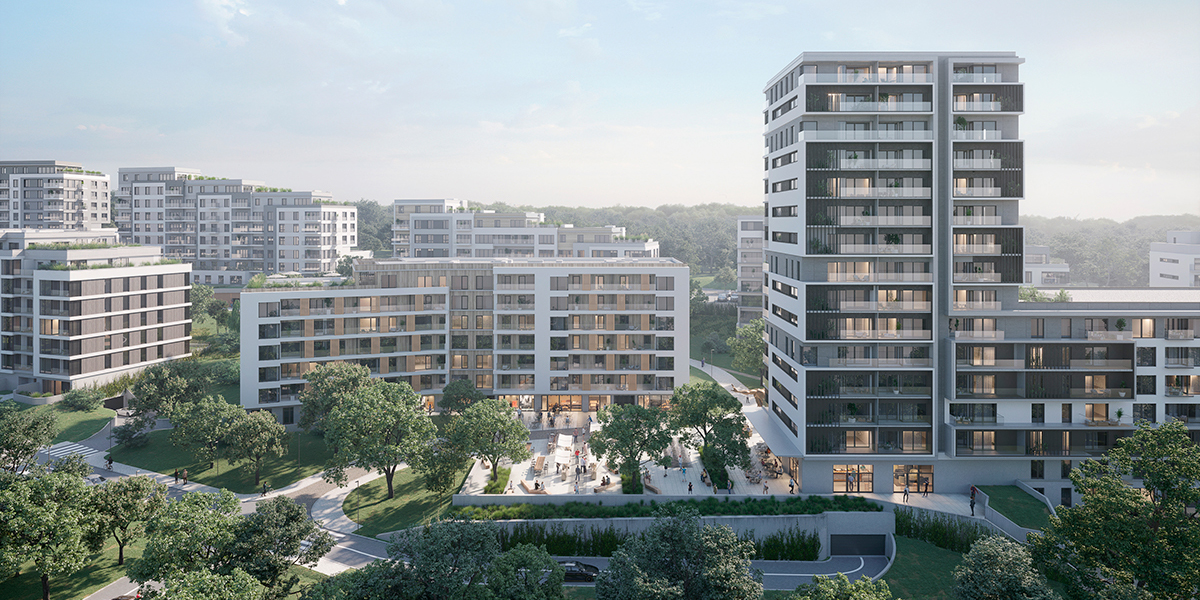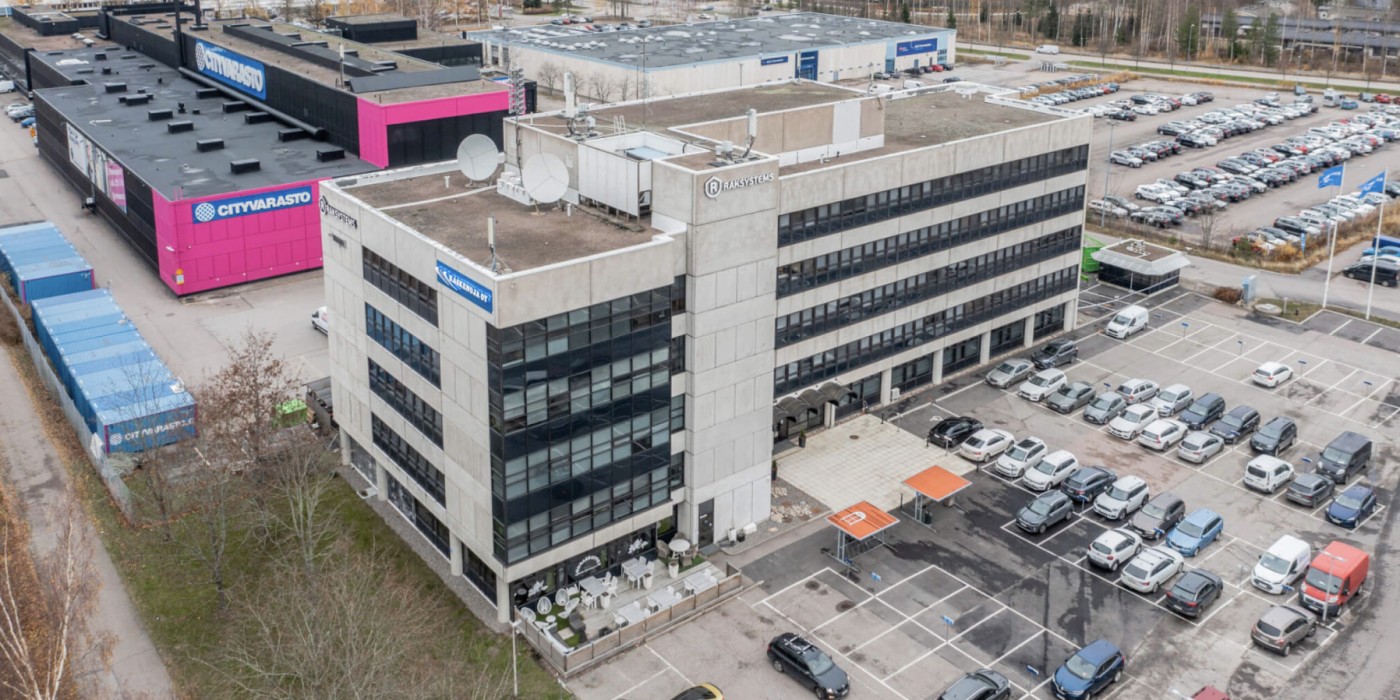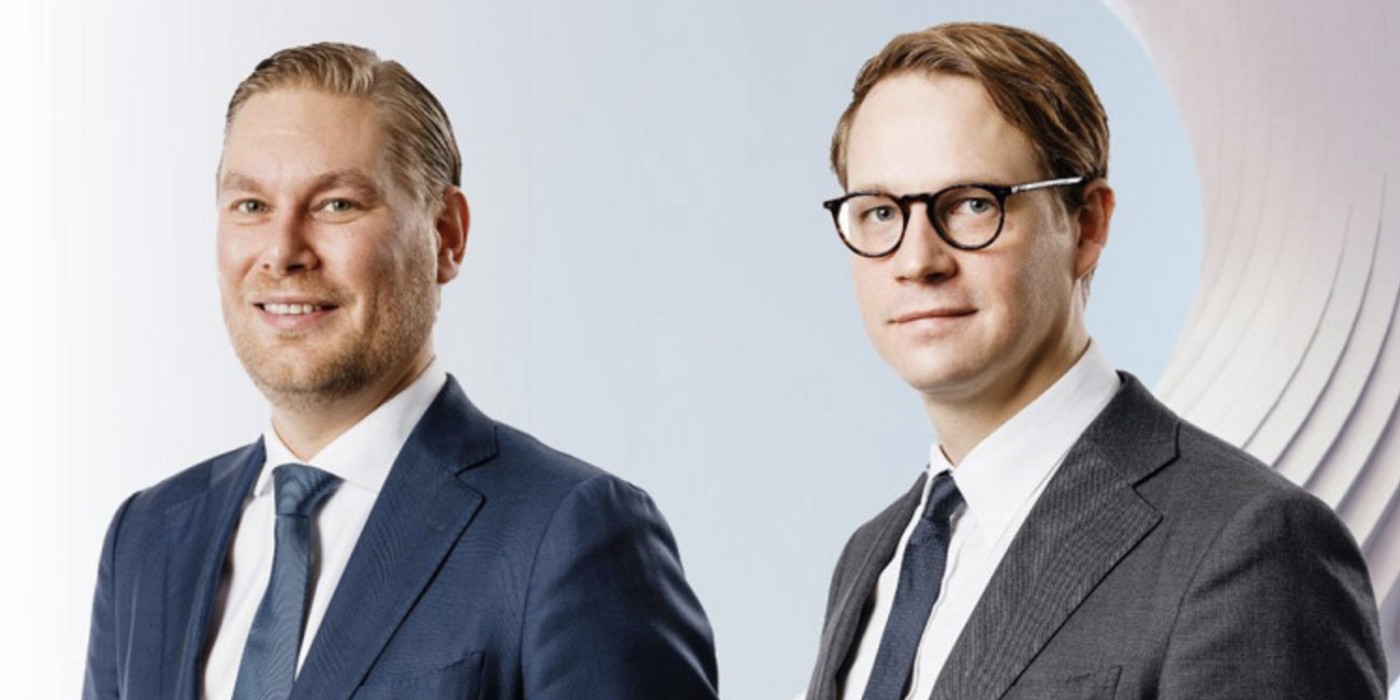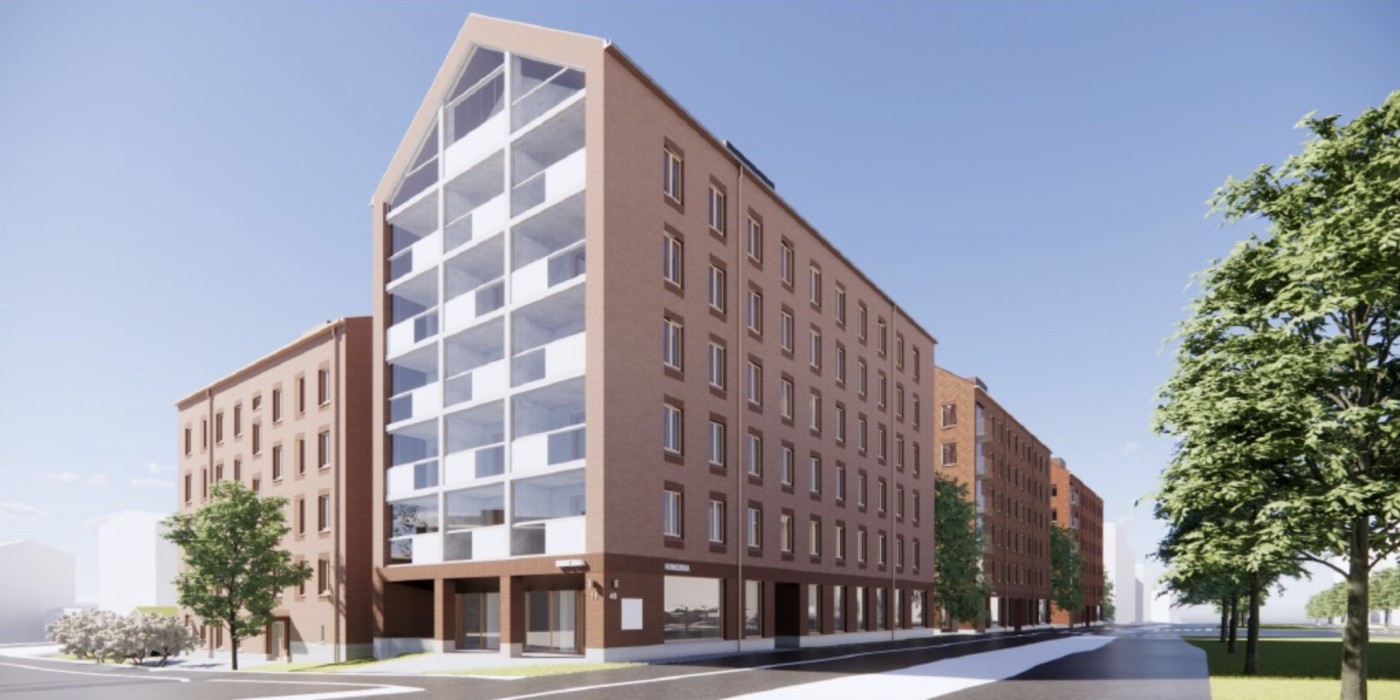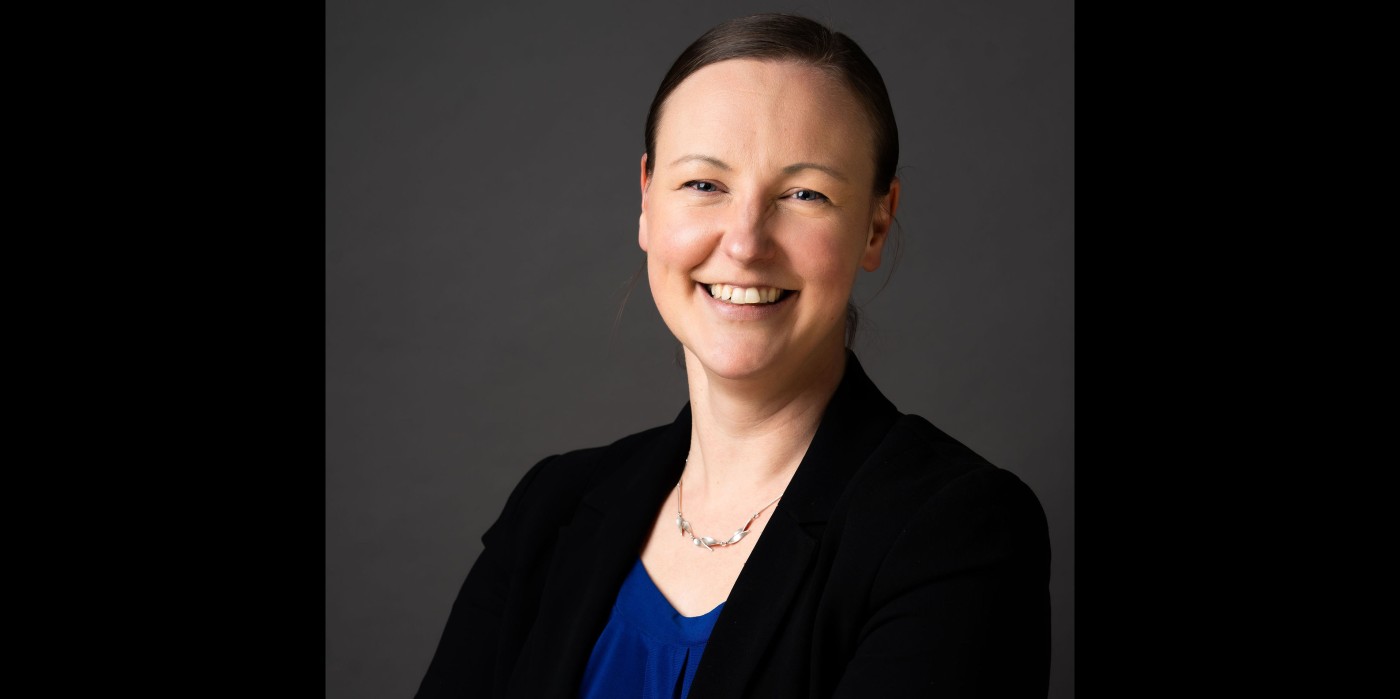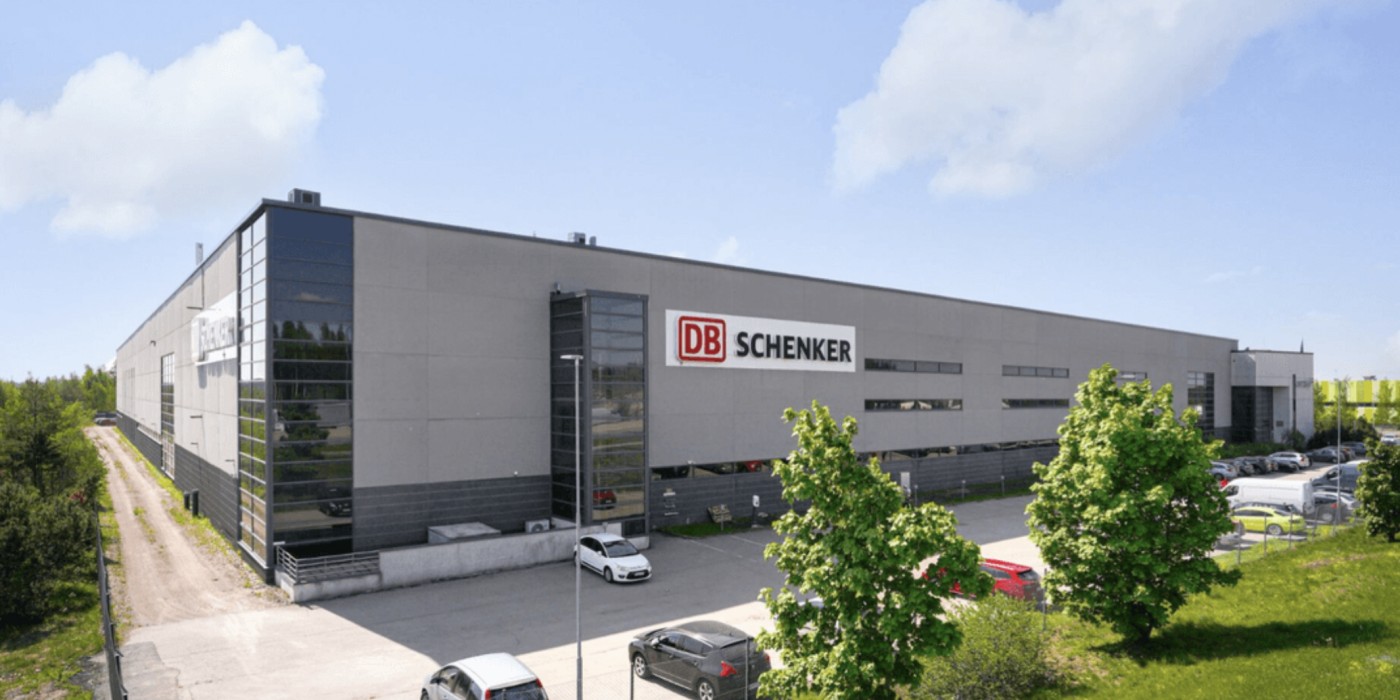"In Keilaniemi Next, we have worked closely together with all parties to develop an office project with a modern and sustainable working environment. Warburg-HIH Invest has chosen this project as its first investment coming back to Finland and we are very excited about our collaboration," says Petri Bergström, Head of NCC Property Development Finland.
"We have chosen this investment because of the location, which is already a home to numerous top Finnish corporations, because of the future vision of a work, live and play environment which is today already tangible and because of Fiskars Group, which is a true global player with a strong brand and product portfolio. We believe that in these turbulent times NCC has the capability to complete the development within time and budget. We are extremely happy with this transaction and are planning to grow our portfolio in the Nordics," says Matthias Brodesser, Head of Transaction Management International at Warburg-HIH Invest.
The design for Keilaniemi Next was based on creating an inspiring and unique office building, which will serve as an architectural landmark for those arriving in Keilaniemi from the ring road Kehä I. The Keilaniemi district is located in Espoo, which is the second largest and fastest-growing city in Finland and is part of the Finnish Capital Region around Helsinki. When the building is completed in late 2021, it will become the headquarters of Fiskars Group and it is thus fully let for twelve years.
The sale of Keilaniemi Next will be conducted as a company divestment. The transaction is expected to have a positive impact on the earnings of NCC Property Development for the fourth quarter of 2021. The transaction will have a positive cashflow effect in the third quarter 2020, since it entails a considerable prepayment.
Keilaniemi Next will be certified in accordance with the international environmental certification system BREEAM and the aim is to reach the Excellent level. The building’s carbon footprint has been calculated, and attention has been paid in the design to factors such as the flexibility of the premises, the well-being of the users, material and energy efficiency and the effects of climate change on the built environment.


 All Nordics
All Nordics
 Sweden
Sweden
 Denmark
Denmark
 Finland
Finland
 Norway
Norway
